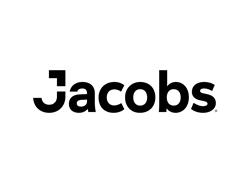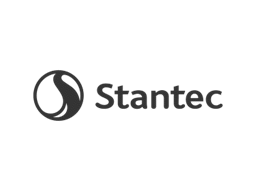How might we proactively identify the sources of inflow and infiltration ingress to the sewer network and what are the viable solutions?
Challenge
One of the most effective ways to deal with spills from storm overflows is to reduce the volume of flow entering our sewers . . . but at which points exactly is the flow entering? Even when we discover this ingress, strategic planners are faced with difficult questions of how to cost effectively deal with the flow. The point of ingress cannot simply be closed because this may cause flooding upstream.
Inflow flows into sewers via roof drain downspouts, gulleys, storm drain cross-connections, and through holes in manhole covers. Infiltration seeps into sewer pipes through holes, cracks, joint failures, and faulty sewer pipe connections. Some of these connections may be obvious from an inspection while others are unseen. What innovative solutions are there to the various facets of this problem?
Proposal
Ingress-ception aims to proactively identify and address inflow and infiltration in sewer networks to help reduce the risk of flooding, pollution and other compliance issues across our region. The challenge focuses on efficiently pinpointing entry points into sewer networks and developing cost-effective solutions to stop this from happening. We are seeking to develop methods and innovative solutions to reduce inflow without causing any other issues.
We will ensure a shared understand of the problem and hear from a number of guest lightning speakers on topics on current approaches, best practices and any recent advancements. We will then work together to develop methodologies that can tell us with greater confidence where inflow and infiltration is entering the sewers. We will aim to tackle the following questions:
- Where is the flow entering the sewers and if we don’t know the precise locations, can we use technology to identify the likely sources of ingress?
- Can we identify where the ingress is greatest?
- What are the viable opportunities for reducing inflow and infiltration into our network?
- What might be the impacts and benefits of any potential opportunities?
We’ll then aim to use the insight gained by answering the questions above to develop an action plan to be executed after the Innovation Festival. Northumbrian Water will regularly share progress with a stakeholder group that will be created at the IF25 and use this forum to share best practices across the industry.
Target Outcomes
- To explore and develop innovative tools for identifying and reducing inflow and infiltration.
- To create a prioritised list of real outputs to take flow out of the network.
- To share the methodologies we develop in this open innovation with those in the sprint so it may be freely applied to other networks
- To develop an order of magnitude/prioritisation
Target Audience
This sprint would appeal to those involved in drainage and surface water at water companies, their supply chain, local authorities and environmental organisations.
| Registration has now closed |


